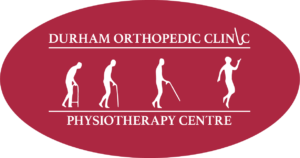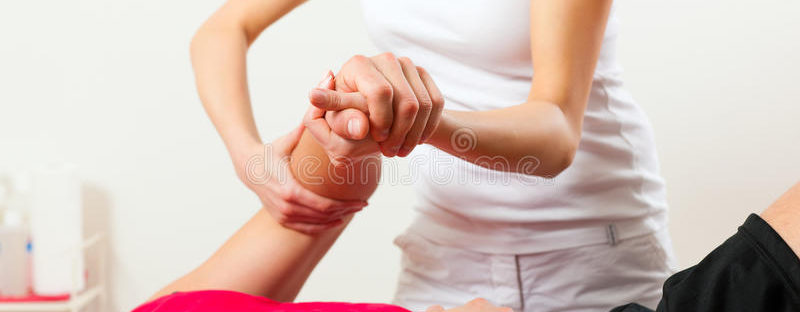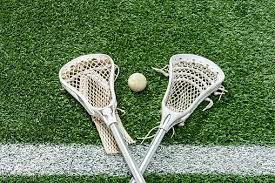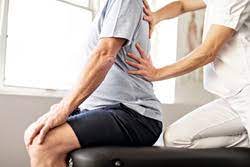Physical therapy and massage therapy are both healthcare practices that aim to promote healing, alleviate pain, and improve overall well-being. While they share some similarities, there are key differences between the two:
Education and Training
Physical therapists (PTs) are healthcare professionals who have completed a graduate degree in physical therapy and obtained a license to practice. They undergo extensive education and clinical training in anatomy, physiology, biomechanics, and therapeutic techniques. Massage therapists, on the other hand, typically complete a shorter program that focuses primarily on massage techniques and may vary in duration and educational requirements depending on the jurisdiction.
Scope of Practice
Physical therapists have a broader scope of practice and can diagnose and treat a wide range of musculoskeletal and neurological conditions. They assess movement, function, and mobility, and design personalized treatment plans that may include therapeutic exercises, manual therapy, electrotherapy, and other modalities. Massage therapists primarily focus on soft tissue manipulation and relaxation techniques to reduce muscle tension, relieve stress, and enhance circulation.
Medical Integration
Physical therapists often work closely with other healthcare professionals, such as physicians, orthopedic surgeons, and occupational therapists, to provide comprehensive care. They may be part of a multidisciplinary team in hospitals, clinics, or rehabilitation centers. Massage therapists generally work independently or in spas, wellness centers, or private practices, and their services are primarily aimed at relieving muscle tension and tightness, aiding in relaxation and promoting general well-being.
Treatment Approach
Physical therapy emphasizes a holistic approach to address the underlying causes of pain or dysfunction. PT’s use evidence-based techniques to restore function, improve strength and mobility, and promote rehabilitation. Massage therapy primarily focuses on soft tissue manipulation through various techniques such as Swedish massage, deep tissue massage, or sports massage, with the aim of reducing muscle tension, promoting relaxation, and improving circulation.
It’s important to note that there can be some overlap between the two professions, and some physical therapists may incorporate elements of massage therapy into their treatment plans, while some massage therapists may have additional training or certifications in specific therapeutic techniques. It’s always advisable to consult with a healthcare professional to determine the most appropriate course of treatment for your specific needs.
If you are looking to book a massage therapy or physiotherapy appointment contact the professionals at Durham Orthopedic Clinic at 905-428-7800.











